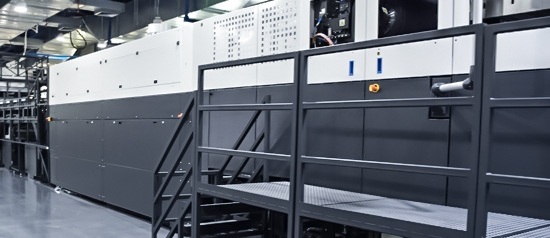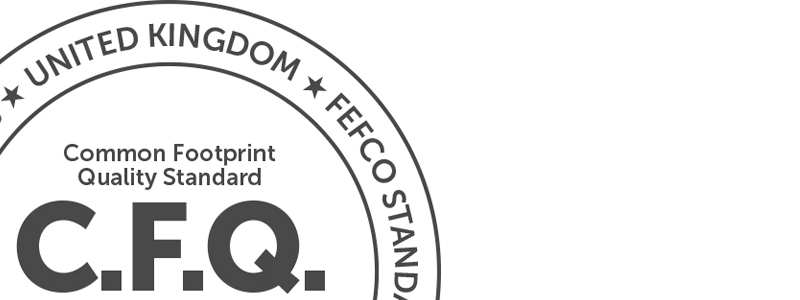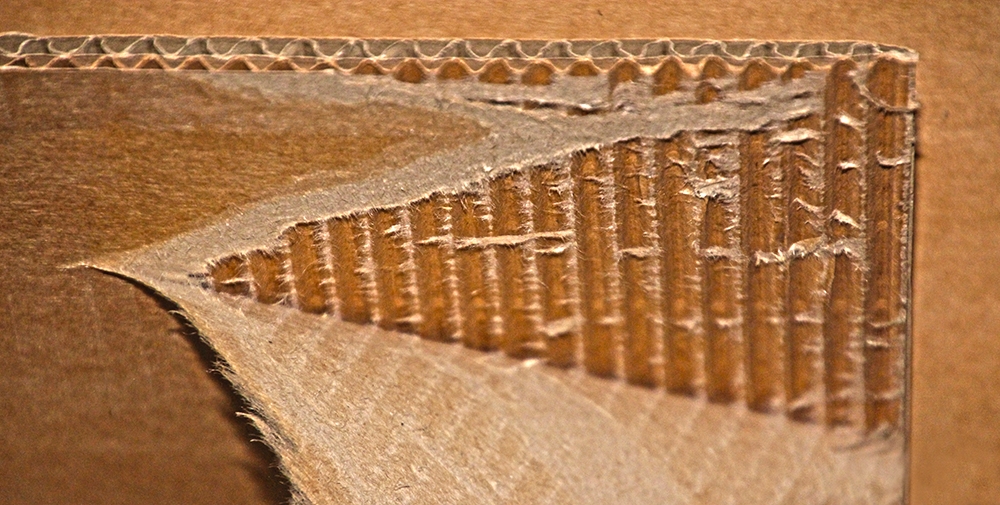Smurfit Kappa is installing the new HP PageWide C500 digital press – HP’s most technologically advanced digital press for a corrugated application.

The press will be installed in Smurfit Kappa’s Interwell plant in Austria and is designed for greater customisation and flexibility of corrugated printing, the new industrial-scale press will be the first commercial HP single pass press in Europe.
The press will be installed in April and will support Smurfit Kappa’s extensive customer base in the FMCG sector.
With a fully integrated stack-to-stack workflow, the press combines digital simplicity with off-set replaceable print quality on both coated and uncoated paper.
The technology will provide brand owners with customised packaging solutions that can drive sales across both online and traditional sales channels.
Smurfit Kappa will sue the press in conjunction with its ShelfSmart and eSmart services.
The graphic flexibility and quality of the new HP PageWide C500 Press will further enhance the company’s service to drive brand recognition and provide fit-for-purpose packaging.
Furthermore, the HP water-based inks facilitate printing on both primary and secondary food packaging without an additional barrier which can comply with even the most stringent global food safety regulations.

